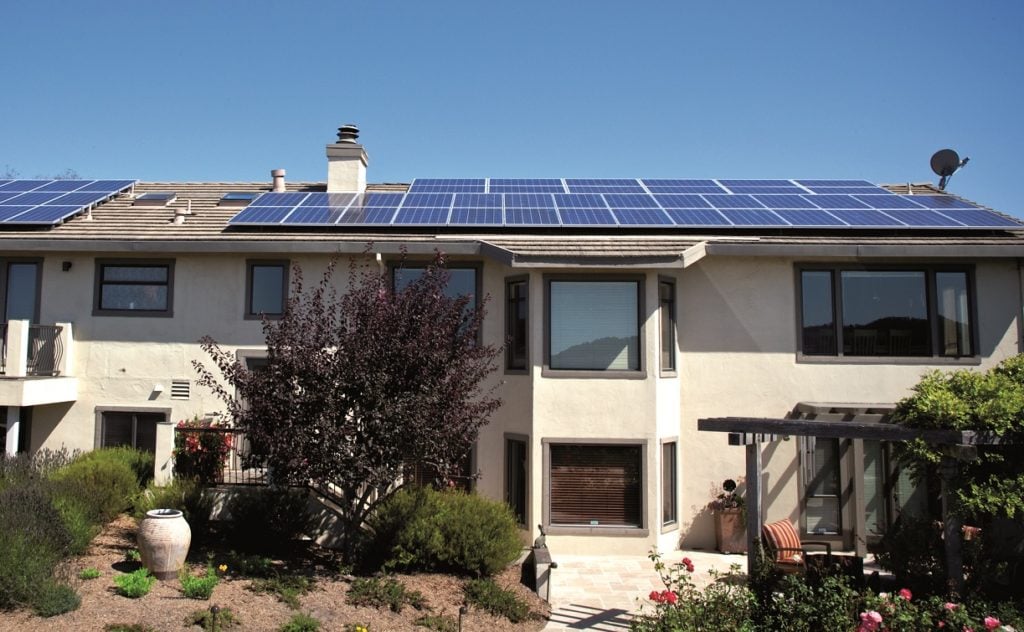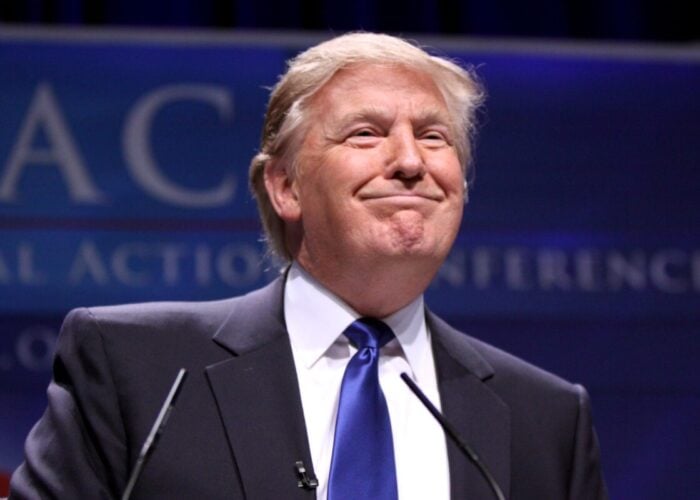
The California Public Utilities Commission’s (CPUC) most recent net energy metering (NEM) proposal is too extreme and will discourage homeowners from adopting residential solar, according to Bernadette Del Chiaro, executive director of clean energy business group the California Solar and Storage Association (CALSSA).
Speaking to PV Tech, Del Chiaro said that “instead of accelerating batteries, all we’re doing is decelerating solar”.
Unlock unlimited access for 12 whole months of distinctive global analysis
Photovoltaics International is now included.
- Regular insight and analysis of the industry’s biggest developments
- In-depth interviews with the industry’s leading figures
- Unlimited digital access to the PV Tech Power journal catalogue
- Unlimited digital access to the Photovoltaics International journal catalogue
- Access to more than 1,000 technical papers
- Discounts on Solar Media’s portfolio of events, in-person and virtual
The most recent iteration of the proposed NEM 3.0 legislation incentivises battery storage alongside rooftop solar by proposing time-specific energy rates, higher ones at peak evening times and lower rates in the day. It also forecasts US$136/month savings for residential solar-plus-storage customers compared with US$100/month for standalone solar customers.
The most controversial measure, however, has been a near-80% cutting of export rates for residential solar customers. The current rate is US$0.30/kW, but the proposal would reduce this to US$0.08/kW.
Reactions across the industry have specified the need for a gradual glide path to lower export rates and thereby encourage storage.
“When you really crunch the numbers, which we’ve been taking the time to do, it doesn’t move the needle on energy storage,” Del Chiaro said.
In its original proposal for the NEM 3.0 legislation, filed in March 2021, CALSSA highlighted the importance of energy storage to the California grid and for meeting the state’s greenhouse gas targets. Distributed storage was cited as a key way to deal with increased load on the grid from electrification.
However, CALSSA’s original proposal said: “Limited battery availability and high soft costs for storage projects remain barriers to full-scale storage deployment, and the Commission must allow time for the distributed energy storage market to mature.”
CPUC’s November proposal said that its measures “allow for a transition period for the solar industry to adapt to a solar paired with storage marketplace”.
For Del Chiaro, the most recent proposed decision doesn’t fulfil this. “It’s like their recipe for incentivising batteries is to punish solar,” she said. Drastically decreased export rates will make domestic solar markedly less affordable for Californians.
A recent EY report identified decentralised grids and distributed solar as key to the implementation of renewable energy in developed countries. Wood Mackenzie research in October said that the US rooftop solar market was in growth mode, but the Californian NEM proposals were one of the factors that may pose challenges in the future given the state’s historically dominant position in the market.







